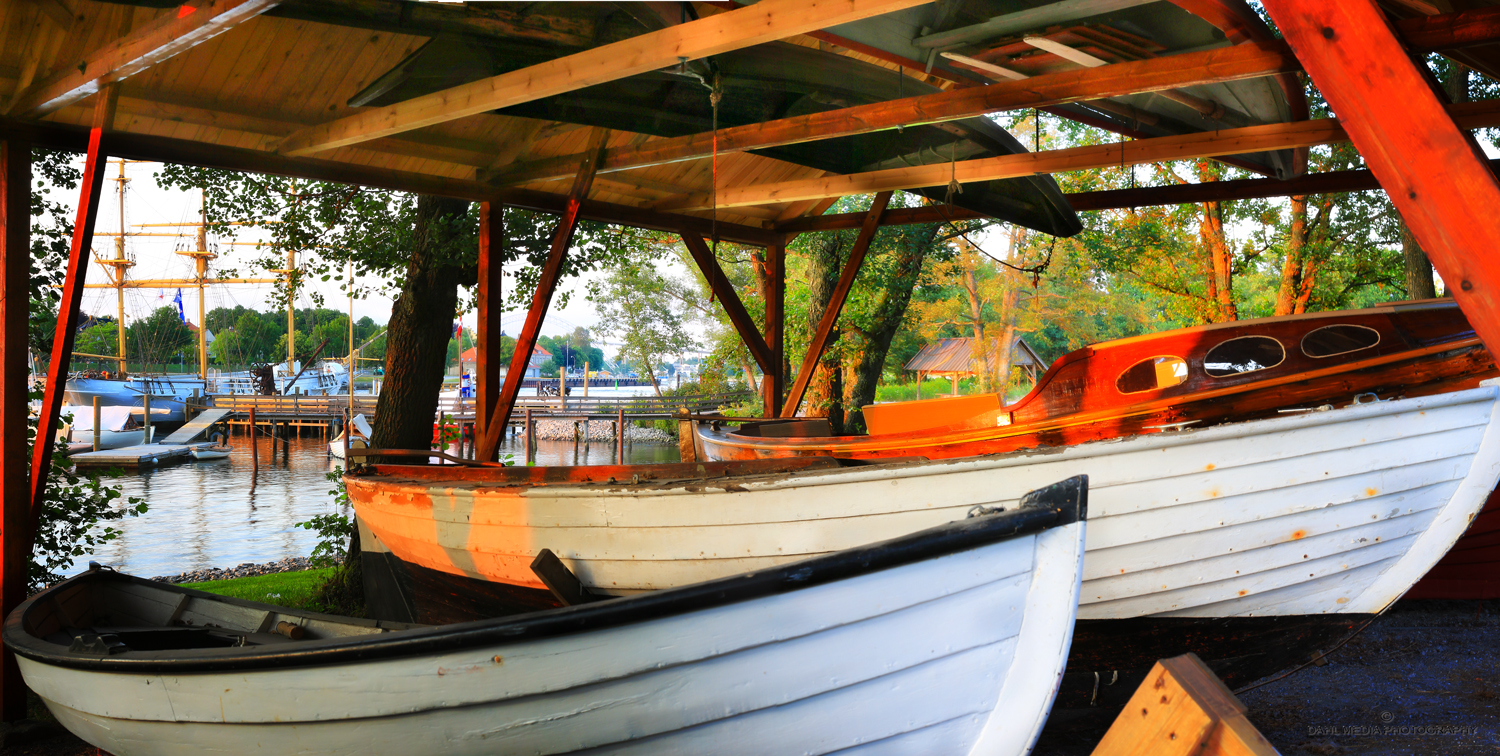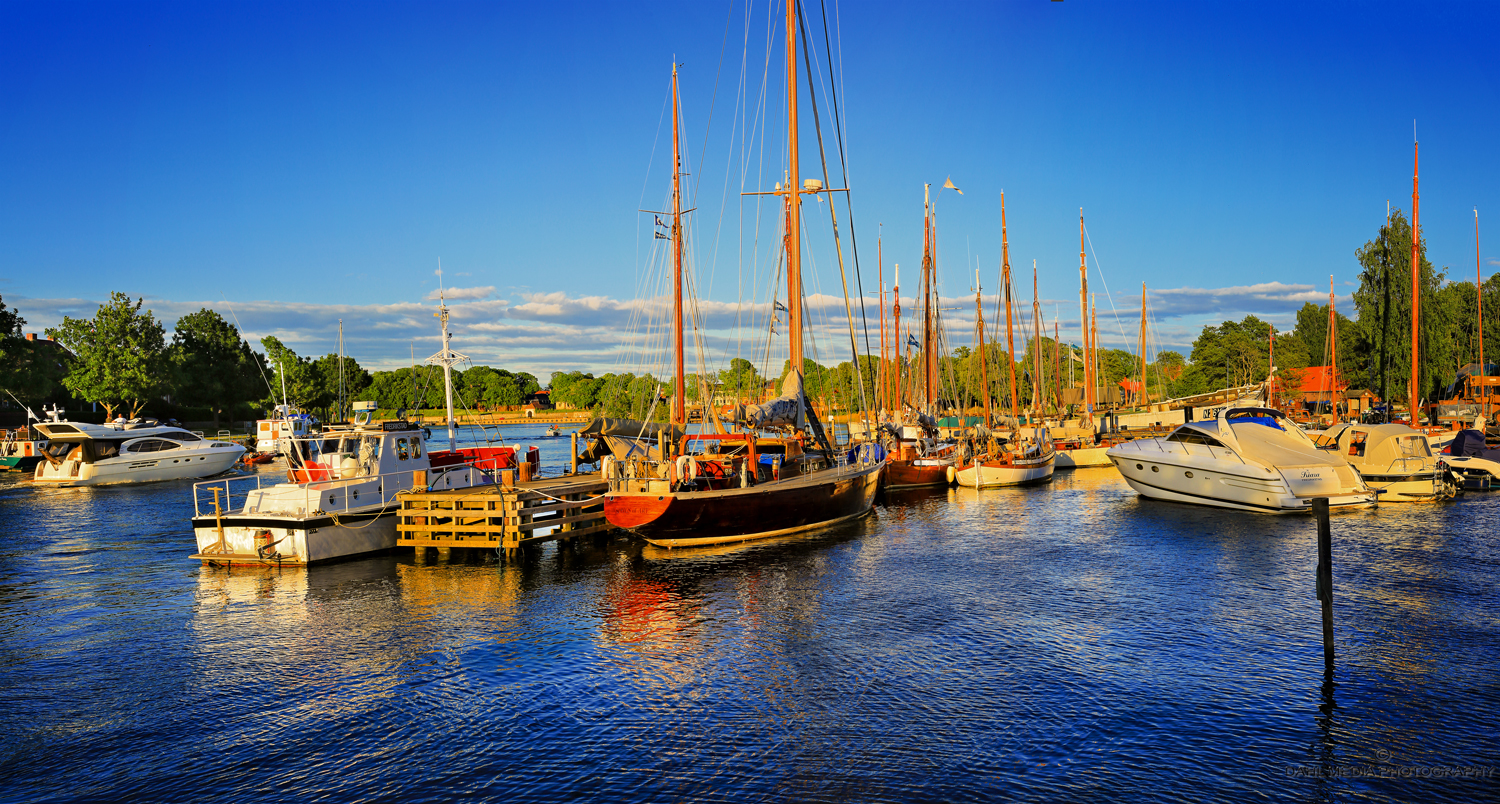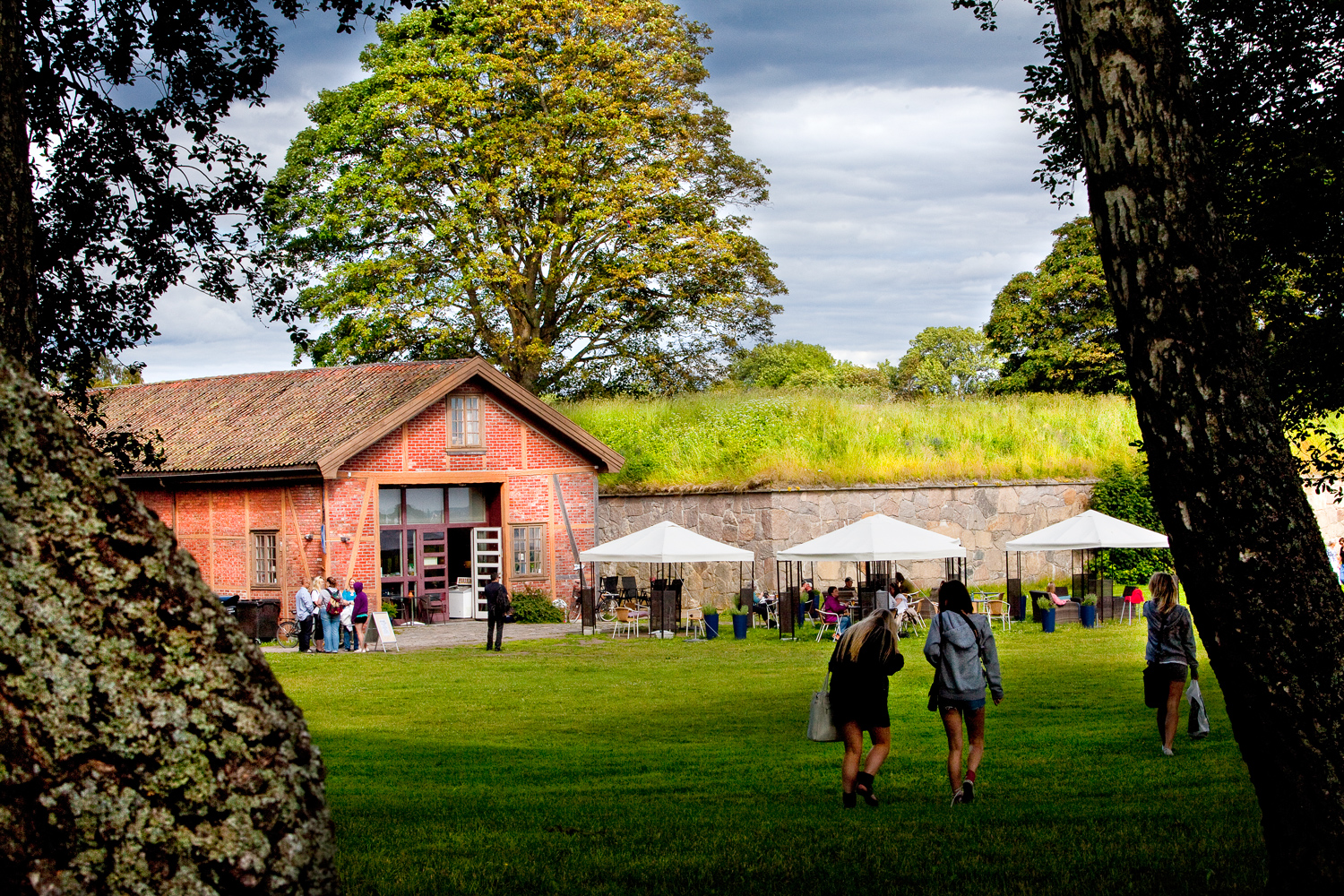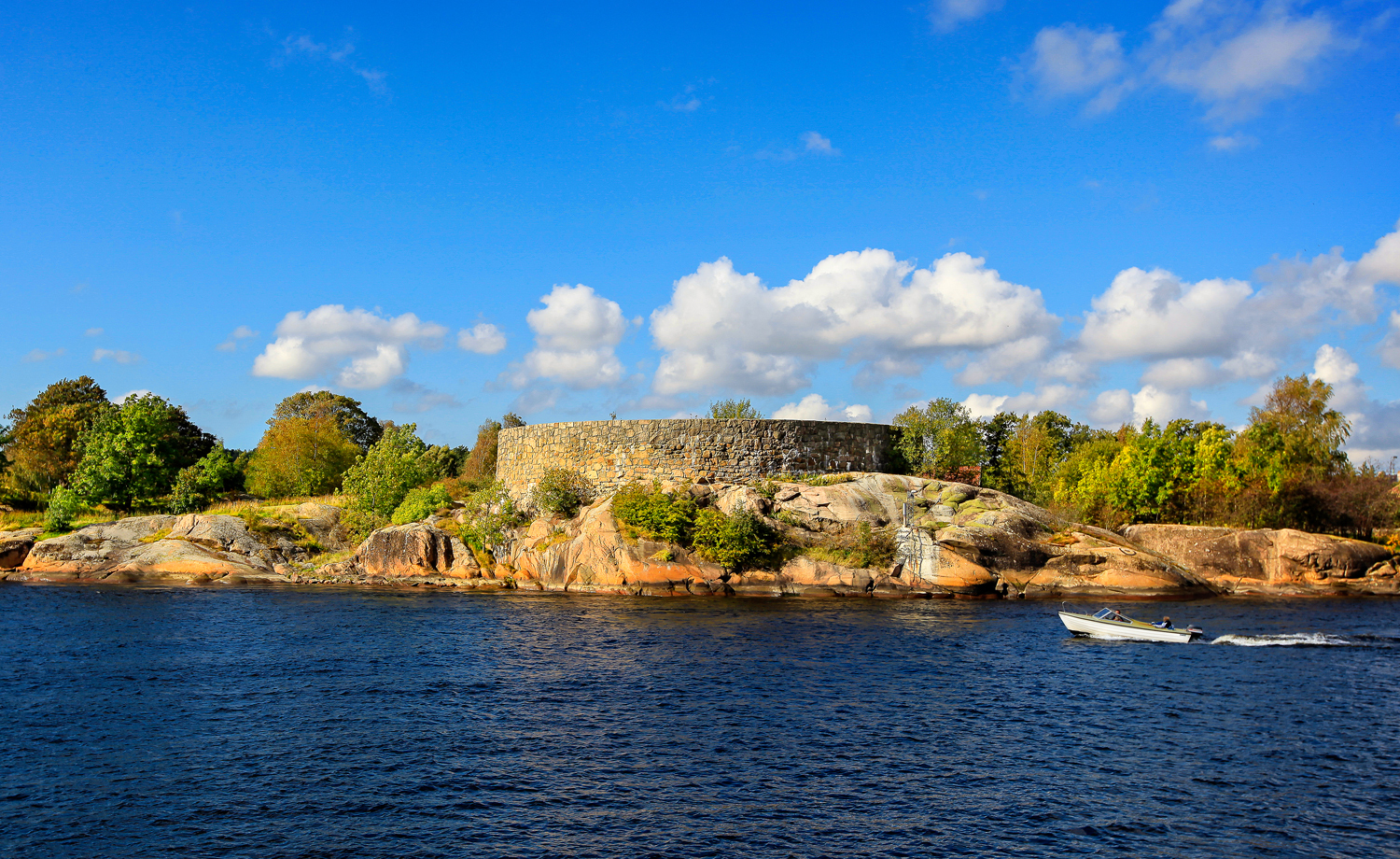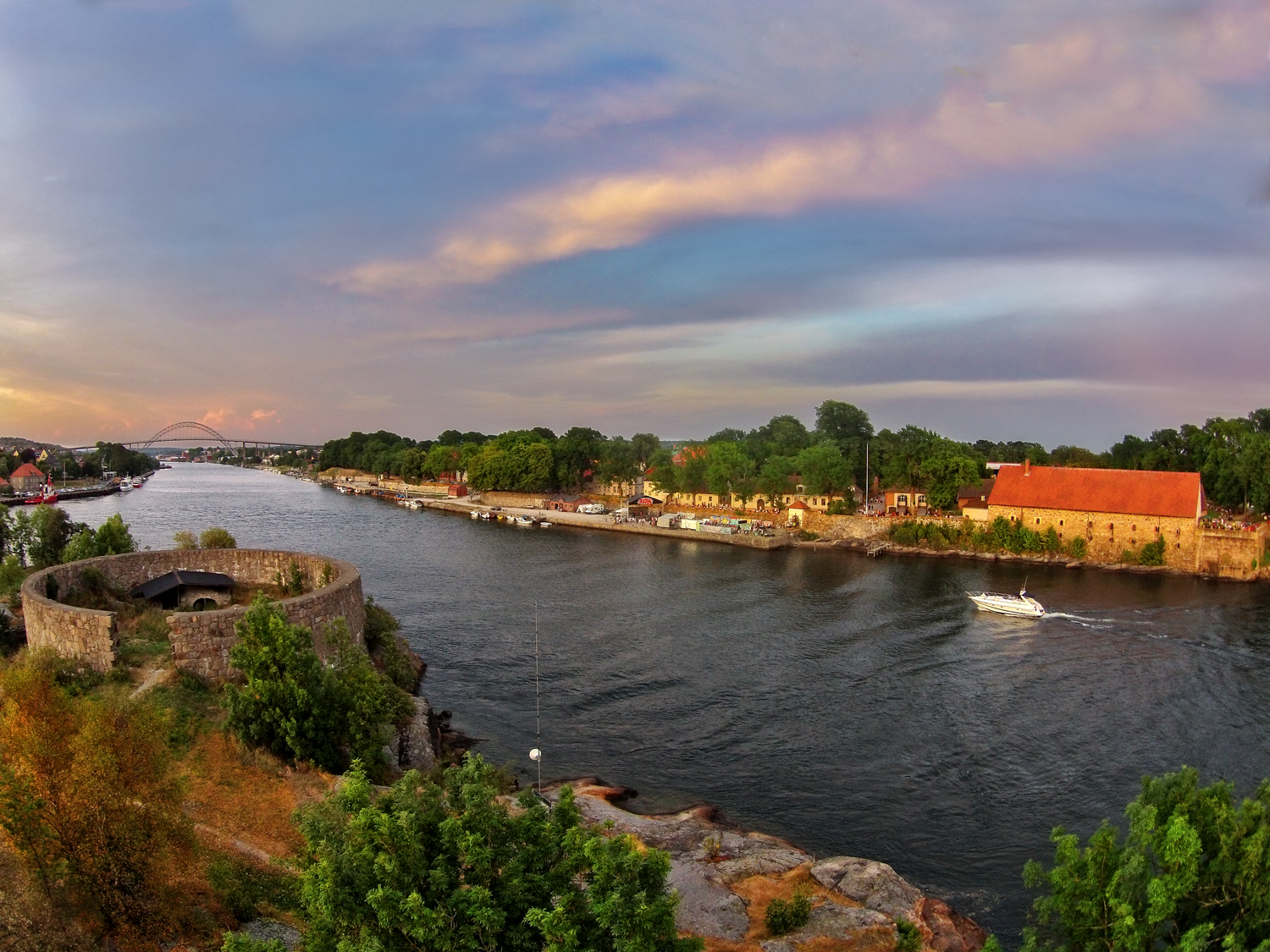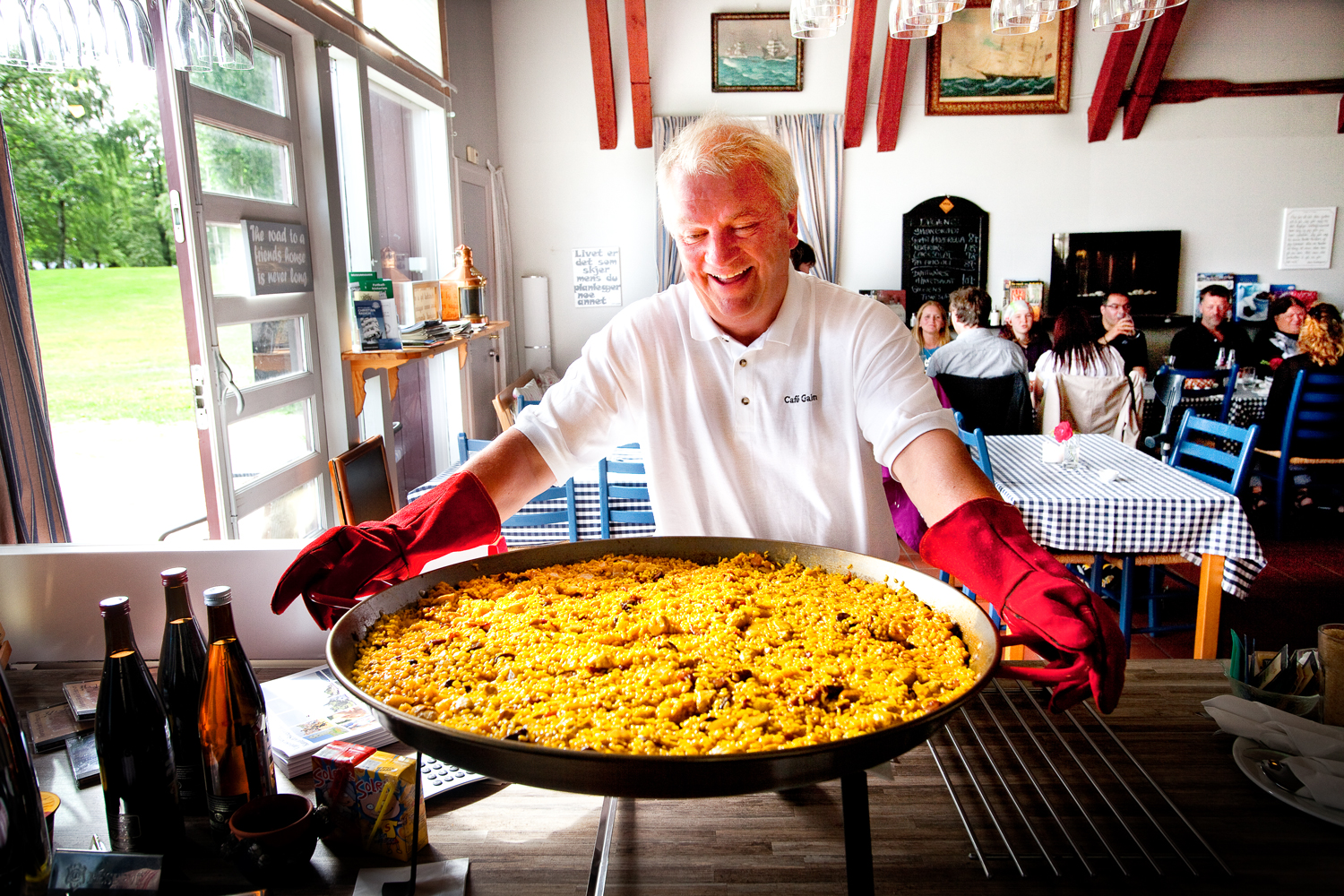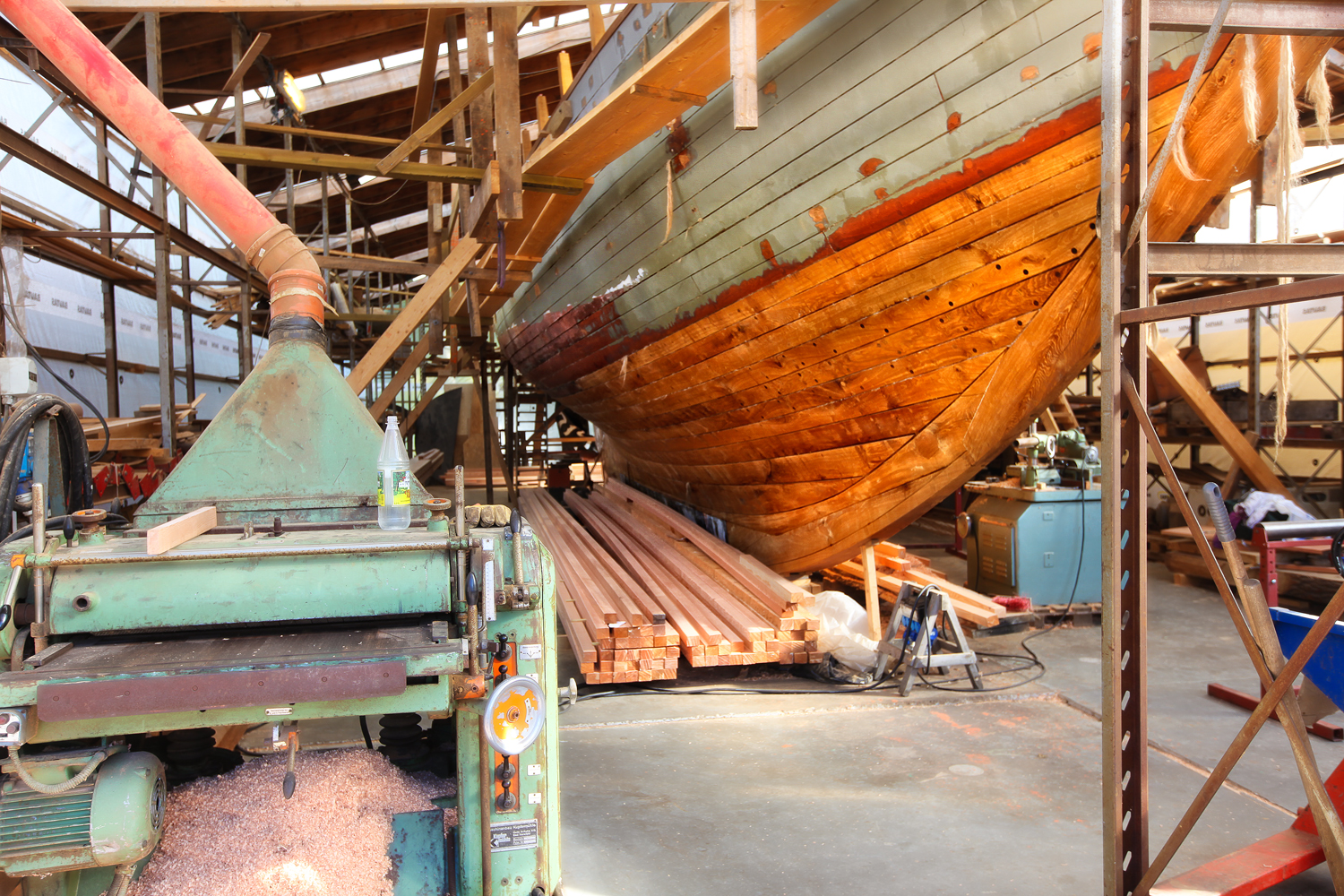ISEGRAN
The island Isegran is uniquely situated in scenic and historic surroundings in walking distance from downtown Fredrikstad. The island divides the river Glomma before it flows into the sea outside the city. Isegran's history stretches far back in time, and the island has played a central part in the Østfold county dating back to the Middle Ages.
See map of Isegran
The name "Isegran" first appeared in an Icelandic chronicle in 1287. Legend has it that Isegran was the castle of the earl Alv Erlingsson. He was the governor of Borgarsysle and a powerful man in the late 1200's. He was, among other things, a privateer in Skagerak and Kattegat during wars against Denmark and the Hanseatics. Myth has it that this legendary earl shoud have had a castle on Isegran. This castle has never been found, nor are there any sources from the Middle Ages that can say for certain that there indeed was a castle on Isegran.
Several hundred years after Alv left the island, a fortification was built on Isegran again. This time, in the 1600's, the Danish-Norwegian king incorporated the island in the fortifications around Fredrikstad. First a large turret was built, next the rest of the fortress with tall walls and moats. The Swedes were the most feared, because the Swedish border was just a few nautical miles farther south.
In 1716 Admiral Petter Wessel Tordenskiold had his fleet based on Isegran, preceding the battle of Dynekilen. Illustration: DAHL MEDIA PHOTOGRAPHY
Towards the end of the 1600's the navy built a shipyard on Isegran. For a period naval vessels were stationed here. The island's mills and bakery supplied Fredrikstad with flour and bread at the same time. Isegran was a center for the Danish-Norwegian navy, and the Norwegian Admiral Petter Wessel Tordenskiold came here with hijacked Swedish ships after the battle of Dynekilen in 1716. July 8th this year he attacked the Swedish transport fleet, conquered nine war vessels and five transport vessels, and destroy seven other vessels. This suprise attack forced the Swedish King Karl XII to abort the attack on Norway. Several of Tordenskiold`s war trofees were in the following years kept at Isegran, and one of them still exists, buried in the mud at Nøkledypet, the entrance channel from the West River.
When the Swedish finally came, in 1814, they managed to take Isegran without much resistance.
ISEGRAN - Fredrikstad’s Pearl, in the Middle of the City
Isegran and Fredrikstad in twilight on a late summer evening.
Isegran is far more peaceful today. The large park area surrounding the island's builidings is a popular place to visit all year round, especially in the summer. Several events take place here each summer, many of them aimed at children and young people, such as the Kite Festival and Children's Day.
Kite Festival
Fredrikstad Museum has a special section showing a maritime exhibition in the Navy's old mines storage. The Maritime Center shipyard is located in the famous boat builder Bjarne Aas' old mast house. The shipyard specializes in wooden boats. They are now a highly recognized center of excellence for the protection of vessels. Here, owners of traditional wooden boats can rent space, and there is a lot of activity on the piers in the summertime.
At Pentecost each summer a wooden boat gathering is arranged at Isegran. On Saturday there is a regatta for smaller boats around Kråkerøy island, and on Sunday the regatta "Lera rundt" for bigger boats and ships.
The museum lets rooms with both lecture halls and accomodation and has become a popular place for conferences and seminars. Adjacent to the useum is the café and accomodation, Café Galeien. The café has a great outdoor seating overlooking the Old Town and boating on Glomma running close by. In the summer you can see art on display in the gallery in the shipyard - a lovely environment with the scent of wood shavings and tar.
The excavation of "Lossen" created awareness about Hvaler in its time. The fast battleship was a well-armed frigate in the Danish-Norwegian fleet, built by Dutch shipbuilder champion Thiessen Harmen van der Burgh in 1684 on Isegran in Fredrikstad. Read more about the battleship "Lossen" dramatic and tragic history -->
“Picture above: The Old watch tower made of timber that was built in 1650, was in 1730 extended to what is today known as “The Isegran House”, or “ The Yellow House” among the locals. This house is today considered to be the oldest intact wooden building in Fredrikstad.”
